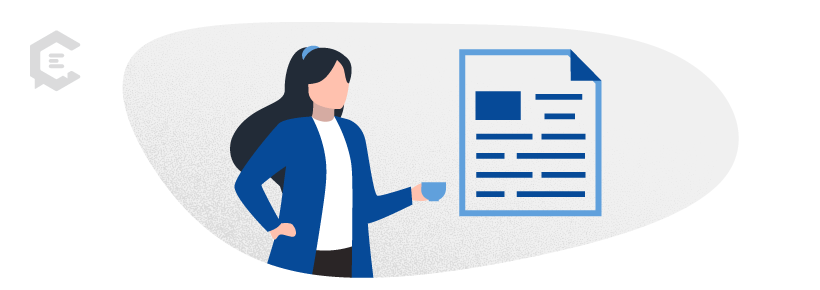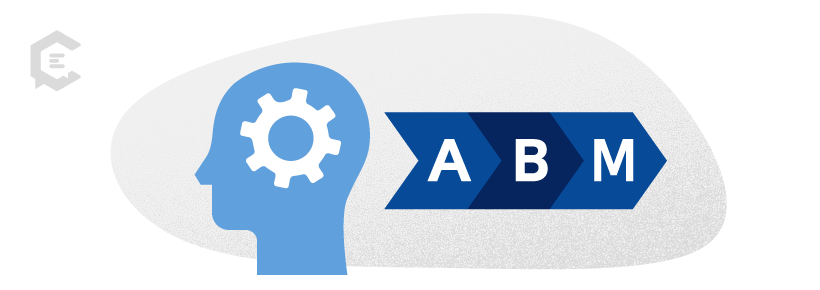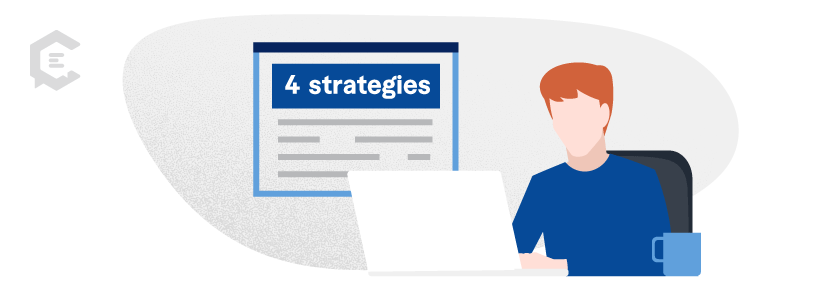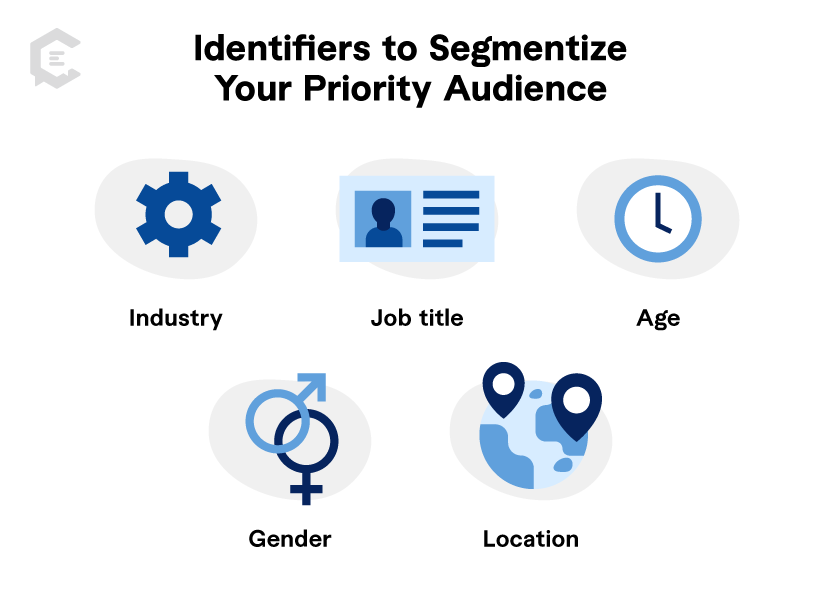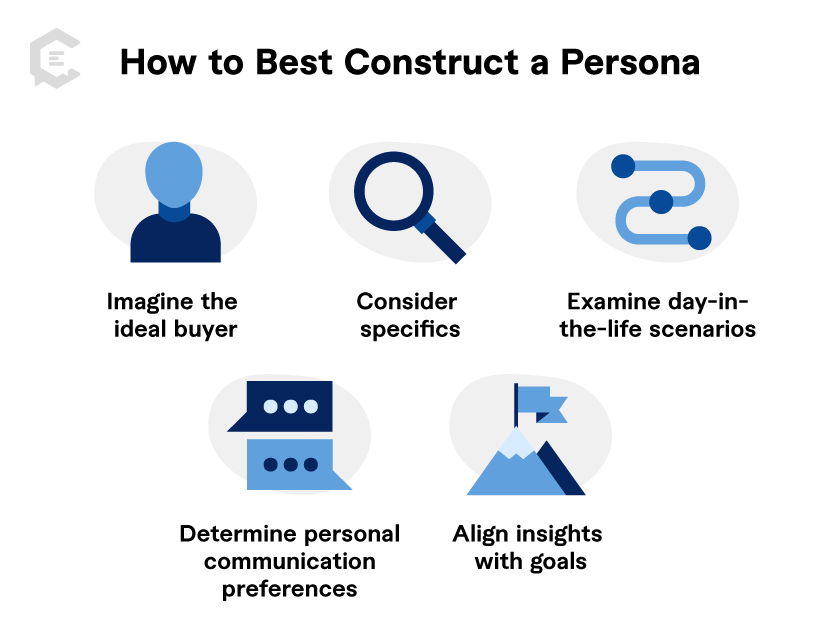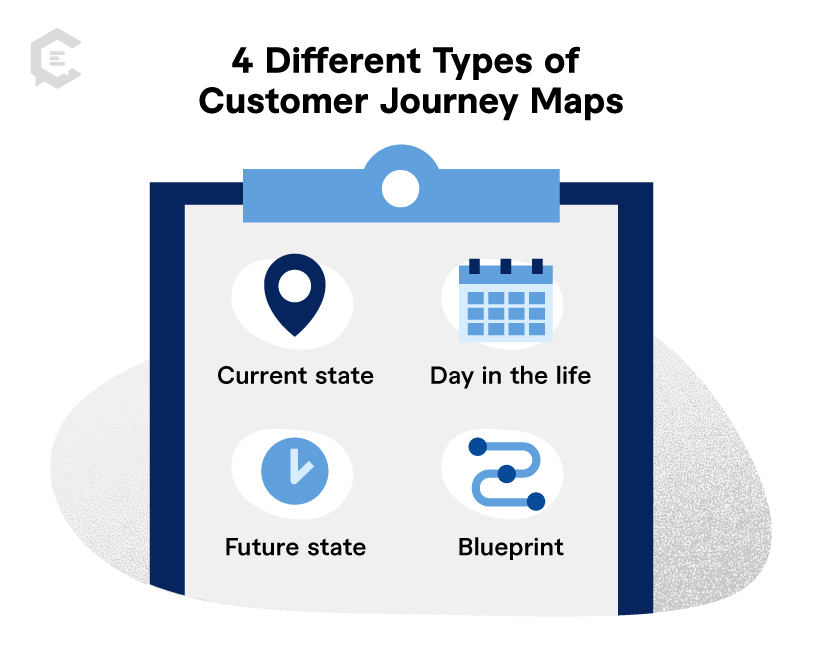Knowing content personalization and doing it well are two different things. And if your efforts aren’t generating your desired results, it might be time for a refresh.
The good news is this: Every small thing you do to better understand content personalization brings you closer to maximizing your content’s impact on its target audience.
In that spirit, let’s dive into the concept of content personalization. We’ll cover what it is, why it’s essential, and how it can specifically enhance your ABM strategy. Then, we’ll break down some of the best content personalization strategies we use in our own content marketing to help you get started.
Mastering the Art of Content Personalization
With marketplaces these days completely oversaturated with content, cookie-cutter messaging isn’t going to cut it. You need to create content that speaks specifically to your audience’s unique needs and paint points. Doing so will help you build a quality connection with your customers and stand out from the competition.
What’s the best way to do that? By getting personal.
What is content personalization?
Content personalization is developing and delivering targeted content to specific groups within your wider audience. How does it do that specifically? Normally, through demographic, behavioral, and socioeconomic data.
Netflix is a great example. As you watch something on their service, they collect data on your viewing habits. Then, they use their algorithm to recommend other content they think you’ll like. That way, they increase their chances of keeping you on their service.
A strong content personalization strategy in content marketing goes further. It’s not just about using a customer’s first name in an email or making a recommendation. It’s about using an individual’s preferences, behaviors, and interests to craft tailored content that resonates and engages with them, ultimately leading to increased brand loyalty, trust, and conversions.
In the financial industry, this could involve creating highly targeted content based on a client’s investment goals, risk tolerance, and financial stage. For example, if a financial advisor notices a client is nearing retirement age, they can send them a personalized guide, such as “Top Low-Risk Investment Strategies for Your Retirement Portfolio.”
The guide would feature projections tailored to the client’s retirement date, anticipated income, and risk profile. This high level of personalization makes the client feel seen — you’ve anticipated their needs and customized content to their individual goals and preferences, helping to retain them for life.
Why is content personalization important?
Right now, customers expect a personalized experience. They want to feel like a brand understands them and what they’re going through. And that doesn’t show any signs of slowing down.
Right now, customers expect a personalized experience. They want to feel like a brand understands them and what they’re going through. In Salesforce’s State of the Connected Customer report from this year, 80 percent of customers say the experience a company provides is as important as its products and services. Not only that:
- 89 percent of marketers see a positive ROI when they use content personalization
- Companies can generate 40 percent more revenue from personalization
- 76 percent of consumers are more likely to purchase if your messaging is personalized
Alright, enough stats for now. Let’s discuss why content personalization is especially important to an account-based marketing (ABM) strategy.
Elevating Your ABM Strategy with Personalized Content
What is account-based marketing?
Account-based marketing is where the sales and marketing teams work together to define, identify, engage, and sell to a highly targeted set of client accounts. The sales team gives input on who they want to sell to, and the marketing team creates personalized assets that speak directly to this audience.
Account-based marketing has gained a lot of popularity in the past few years, and it continues to grow, with 94 percent of B2B marketers currently using ABM in their overall marketing. If you think about it, it makes sense with the parallel rise of content personalization strategy, since both involve hyper-specific targeting.
How content personalization fits into ABM
Content personalization is at the core of any successful ABM strategy. And they can be extremely successful:
- 97 percent of marketers who use ABM say it delivers a higher ROI than other marketing activities.
- An ABM strategy can increase marketing revenue by 208 percent.
Source: WARC
Think of ABM as a high-octane version of content personalization. It’s all about convincing your target customers that you’re the right solution. Everything you create, from ads to nurture emails to website content, speaks directly to your target audience. You want to prove to them that you’re not just another sales pitch. Instead, you want to customize your message to speak to their specific interests and pain points and demonstrate that you understand them.
One of ABM’s main benefits is the way it leverages content personalization across departments. Traditional marketing keeps sales and marketing in separate silos. Collaboration can happen, but it’s not the same as working together in the same room on a specific account. Instead of using a sales funnel designed to target a wide range of hundreds, even thousands of companies, ABM starts with a small, targeted list that ensures your content and outreach are highly relevant, personalized, and informed.
4 Content Personalization Strategies to Try Today
Not sure where to start your content personalization? Let’s break it down.
1. Start with segmentation
Instead of focusing on a big group or single individual, segment your audience into small target groups. Marketers who focus on segmenting often find success. Segmented campaigns can bring up to 760% revenue growth for companies. And 77% of marketing ROI comes from segmented, targeted, and triggered campaigns.
Despite this, many marketers are still not fully on board the segmenting train. A recent study showed that over 40 percent of marketers don’t segment. And only 4 percent of marketers segment with multiple data types. That leaves an opening for you and your company to take advantage of.
A few of the identifiers you can use to segment your high-priority audiences include:
- Industry
- Job title
- Age
- Gender
- Location
Although these five identifiers will get you off to a strong start, you can go even deeper with behavioral segmentation. Behavioral segmentation considers purchasing behavior, benefits sought, product usage, customer loyalty, and user status.
For example, if you were to focus on purchasing behavior, some of the things you would be able to learn about your audience in the decision process include:
- Barriers your customers face along the purchasing path
- How complex the purchasing process is for your customers
- How your customers approach the decisions they make when completing a purchase
- What customer behaviors are most indicative of leading to a purchase, and what behaviors are least indicative of leading to a purchase
If you’re not yet convinced that marketing segmentation is a meaningful content personalization strategy, consider the words of Brian K. McCarthy:
“When we look at a broad market full of all types of customers who want different things from us — or nothing at all — we need to break it down into smaller bites so we can be focused and meet the specific needs of each group of customers. So, if we can establish segment 1, segment 2, segment 3, and really understand what they need, we are now in a position to carefully choose which customers we will serve and meet and exceed their expectations.”
2. Personalize with personas
A buyer persona is a basic outline of common traits that individuals in your target audience share. Integrating personas into your content personalization helps you quickly understand what the audience you’re trying to reach is really like. If you don’t use personas, you’ll spend too much time guessing what your audience wants.
A good persona has more than just demographic details. It’s all about depth and understanding. The best marketers follow these steps to outline and determine how to best construct a persona.
Some of these necessary steps include:
- Imagine the ideal buyer: Consider the demographic characteristics defining your ideal customer. Then, consider the individual’s job and title. How long has he been on the job? What are his areas of expertise? How does he relate to others in society or within the workplace?
- Consider specifics: Be specific to determine your persona’s responsibilities, objectives, and obstacles. Think about why your persona wakes up in the morning to go to work and what challenges they face once they get there.
- Examine day-in-the-life scenarios: Ask yourself questions about your persona’s role in influencing decisions within the company, who he needs to get buy-off from, what questions he will have before making a purchase, and what keywords he may search for as he seeks information.
- Determine personal communication preferences: How does your persona like to receive content and messages? Are there channels and platforms he uses more than others? How often does he use social media? Why? Does he gather most information while on the job or while at home?
- Align insights with goals: Now that you know infinitely more about the personas of those you want to reach, consider your strategic goals and how these new insights relate to those goals. Sketch an engagement scenario to visualize how you would like your persona to interact with your content.
3. Create customer-journey-based personalization
If you’re taking a road trip to somewhere you’ve never been, one of the first things you do is type in the destination address on your smartphone. It tells you how long the trip will take, which route you need to go, and what landmarks, gas stations, hotels, and restaurants you’ll pass.
Creating a customer journey map isn’t much different. Before you start, consider which audience you want to focus on. Then, track the different stages of this audience’s journey to ensure you’re providing the right content at “landmark locations” throughout an individual’s journey.
If that sounds complicated, HubSpot has outlined eight key considerations to help you out:
- Set objectives for the map
- Profile your personas and define goals
- Highlight your target customer personas
- List targeted touchpoints
- Identify the elements you want shown on your map
- Audit your current and needed resources
- Take the journey yourself
- Make needed changes
With those considerations, it’s also important to remember that there’s no single way to develop a journey map. There are even different types of maps. Here are four different types to think about, complements of Kerry Bodine.
Each journey map is designed to achieve different results. Read Kerry’s article above for a deeper dive into them. She does a great job fleshing them out.
4. Ideate to initiate individualization
So far, everything we’ve discussed revolves around targeting small groups of people. But true personalization occurs when you can get your content personalization down to a segment of one.
But, how do you do that? Simply put, you need to individualize. Individualizing might seem time-consuming, but you can do several simple things to help your audience feel known.
Some of the ways you can individualize include:
- Send your emails from a human — not a brand: Receiving an email from “XYZ Company” is not nearly as personal as receiving an email from “Sarah from XYZ Company.” People who receive messages from real people want to connect with real people.
- Use your customers’ names: This is an old trick, but it’s effective. People love to hear their own names. A study conducted by Michael Lewis and Dennis P. Carmody found that our brains will respond involuntarily when we hear our own names — even when people are in a vegetative state. If that’s true, then it would seem that continuing to address your customers in emails by their first names will always remain a good idea.
- Write individualized content: If you know a logged-in customer made it to a certain part of your site, but didn’t complete a transaction, consider developing an automated personalized response. A response like, “We notice you didn’t complete your purchase of ________. Here is a coupon for free shipping to your home in __________” could be seen as valuable to your customer because of the coupon. But tread lightly, as this sort of individualization could also annoy some users with the amount of personal data you have.
Outsourcing to Scale Your Personalization
If you’re trying to unlock your team’s content personalization potential and budget, sometimes the best strategy is to partner with a content marketing agency that knows what to do.
Time to Create Your Content
Once you’ve implemented these tactics, it’s time for the actual content creation. If you’re time and energy are drained from all the content personalization and ABM strategy work, you can always outsource your content to seasoned experts (like us). At ClearVoice, we can produce exactly what you need, when you need it. So you can focus on what matters.
Talk to one of our content strategists today to get started!
